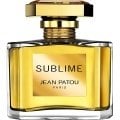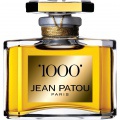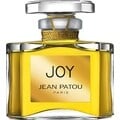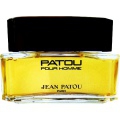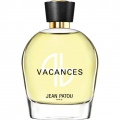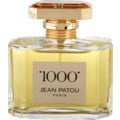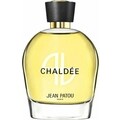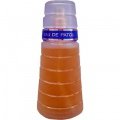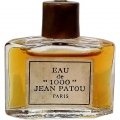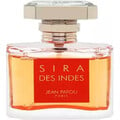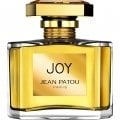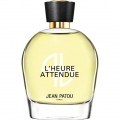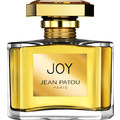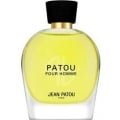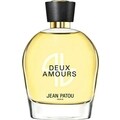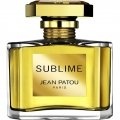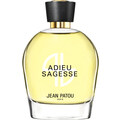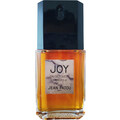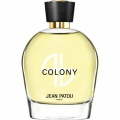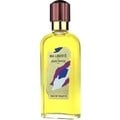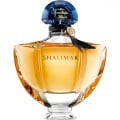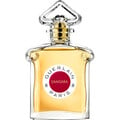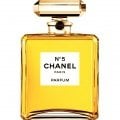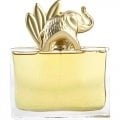02/23/2016

jtd
484 Reviews

jtd
Helpful Review
7
enjoy
Enjoy was the sequel to a trio of perfumes from 2001 that launched Jean-Michel Duriez as in-house perfumer at Jean Patou. Pan Ame, Hip and Nacre were all fruity-florals centered on a pear note. Of the three, I’ve only smelled Pan Ame, which was clearly a precursor to Enjoy. 2001 was a tough year to re-launch a traditional house and reframe it as modern and accessible. I doubt it helped that the three perfumes were all in the same genre and shared the same uncommon note of pear. I imagine it was an attempt to create a signature house accord in one fell swoop. An unsuccessful attempt—all were fairly quickly discontinued.
Enjoy was an early version of the so-called “nouvelles-chypres” of the time like Miss Dior Chérie (2005) and Narciso for Her (2004). These perfumes substituted a musky patchouli base for the verboten oakmoss of the traditional chypre. The style now seems dated and era-specific, but Enjoy was one of the more successful iterations of the style.
Enjoy builds on Pan Ame’s unripe pear, grounding it in a clean patchouli base. The grainy pear note is balanced by crunchy blackcurrant on one side and an acetone musk on the other. The floral notes, jasmine and rose, have a high-piched synthetic tone that give a tinny quality to the heartnotes. The kicker is an unripe banana note that falls in line with the blackcurrant, tracing a starchy green line through the duration of the perfume. It’s a note that Duriez would set in a tropical floral, creamy woody setting in 2006’s Sira des Indes.
Compared to the syrupy fruity-florals of its time, Enjoy was considered a bit unsmiling and tight-assed. Even from the perspective of 2016, it seems a bit prim, if balanced. There is a sweetness to the perfume, especially in the drydown, but it has a saccharine quality that keeps the fruit from having a three-dimensionality. Enjoy doesn’t hide its artificiality. It molds the high-pitched florals and grainy fruits into a crystalline configuration that suits the perfume’s sharp edges.
Duriez authored the fabled Yohji Essential and Yohji Homme at the end of the 1990s, the same time he made Un Amour de Patou and Patou For Ever. Yohji Yamamoto’s perfumes were made by Jean Patou and his work for both houses were the launch pad for his taking on the in-house post at Patou that Jean Kerléo was to relinquish in 1999.
All of Duriez’s perfumes for Patou have all been discontinued, wiping the Patou pears from the market. Coincidentally, this means that none of the perfumes from Proctor and Gamble’s ownership of Patou (2001-2011) remain in the line-up. After Duriez left Patou, the company took a different direction under perfumer Thomas Fontaine and owner Designer Parfums Limited, recomposing nine Patou perfumes originally released from the 1920s-1980s. The current line-up consists of this Heritage Collection, the seminal Joy, and two perfumes from the Kerléo era, 1000 and Sublime. However it came about, the Patou brand turned away from creating new perfumes and made itself into a museum. It is an open question what direction the brand will take in the future.
Enjoy was an early version of the so-called “nouvelles-chypres” of the time like Miss Dior Chérie (2005) and Narciso for Her (2004). These perfumes substituted a musky patchouli base for the verboten oakmoss of the traditional chypre. The style now seems dated and era-specific, but Enjoy was one of the more successful iterations of the style.
Enjoy builds on Pan Ame’s unripe pear, grounding it in a clean patchouli base. The grainy pear note is balanced by crunchy blackcurrant on one side and an acetone musk on the other. The floral notes, jasmine and rose, have a high-piched synthetic tone that give a tinny quality to the heartnotes. The kicker is an unripe banana note that falls in line with the blackcurrant, tracing a starchy green line through the duration of the perfume. It’s a note that Duriez would set in a tropical floral, creamy woody setting in 2006’s Sira des Indes.
Compared to the syrupy fruity-florals of its time, Enjoy was considered a bit unsmiling and tight-assed. Even from the perspective of 2016, it seems a bit prim, if balanced. There is a sweetness to the perfume, especially in the drydown, but it has a saccharine quality that keeps the fruit from having a three-dimensionality. Enjoy doesn’t hide its artificiality. It molds the high-pitched florals and grainy fruits into a crystalline configuration that suits the perfume’s sharp edges.
Duriez authored the fabled Yohji Essential and Yohji Homme at the end of the 1990s, the same time he made Un Amour de Patou and Patou For Ever. Yohji Yamamoto’s perfumes were made by Jean Patou and his work for both houses were the launch pad for his taking on the in-house post at Patou that Jean Kerléo was to relinquish in 1999.
All of Duriez’s perfumes for Patou have all been discontinued, wiping the Patou pears from the market. Coincidentally, this means that none of the perfumes from Proctor and Gamble’s ownership of Patou (2001-2011) remain in the line-up. After Duriez left Patou, the company took a different direction under perfumer Thomas Fontaine and owner Designer Parfums Limited, recomposing nine Patou perfumes originally released from the 1920s-1980s. The current line-up consists of this Heritage Collection, the seminal Joy, and two perfumes from the Kerléo era, 1000 and Sublime. However it came about, the Patou brand turned away from creating new perfumes and made itself into a museum. It is an open question what direction the brand will take in the future.

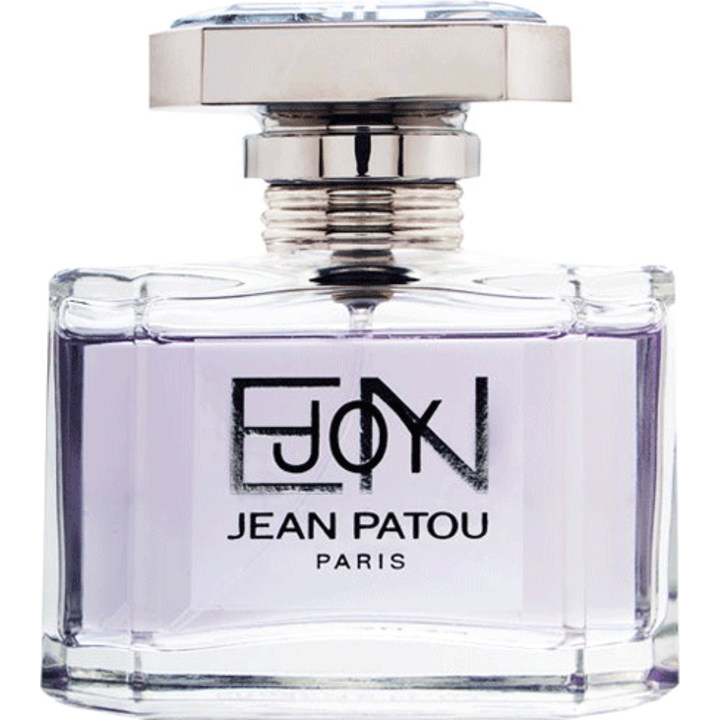



 Top Notes
Top Notes 






 Heart Notes
Heart Notes 

 Base Notes
Base Notes 









